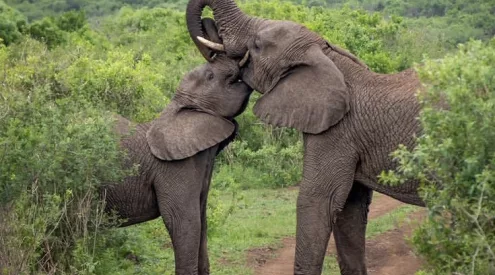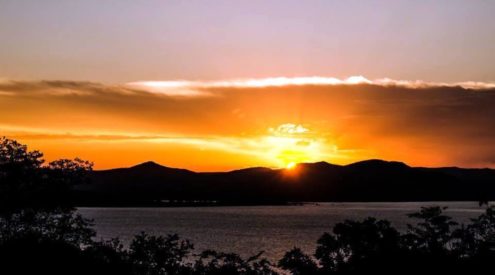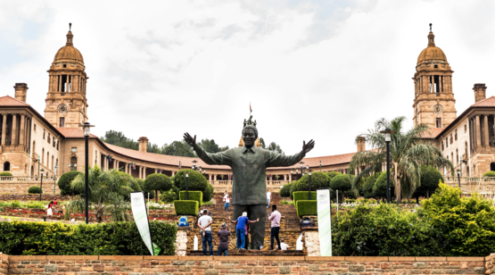It took us a few hours to get down Snake Pass, the next challenge, and it’s well named.
The pass is a sinuous wonder of quixotic engineering which produced a monstrous traffic jam when a descending truck got stuck on a tight bend just as a military convoy was coming up. Finally disentangled, we cruised down a wearingly long valley lined with military camps and beneath mountains dotted with beetling monasteries into Leh.
The medieval town owes its existence to the old Silk Route over the Himalayas, connecting Tibet, China, Afghanistan, Punjab and Kashmir. It’s sustained by the proximity of the Indus River, which waters crops in summer and freezes in winter to provide an ice road to the lowlands. Leh is an ethereal, mysterious place on a cream-coloured desert plane rimmed by saw-toothed snowy peaks.
The first mention of the region seems to have been by the Greek historian Herodotus in the 5th century BC, who describes it as a land of wonderful ants. They were nearly as big as dogs and ferocious, he said. When they burrowed, they threw up gold, which had to be fetched at night, when they slept, and carried away on especially fast horses.
After centuries as a vital crossroads, its importance slowed with the partition of India and ended with the closure of the border in 1962 during the Sino-Indian war. It is easy to imagine, though, how the old trans-Himalayan traders must have felt as they plodded in on caravan routes from the Himalayas: a mixture of relief at having crossed the mountains in one piece and anticipation of a relaxing spell in one of central Asia’s most scenic and atmospheric towns.
We found our hotel and then went exploring.
















